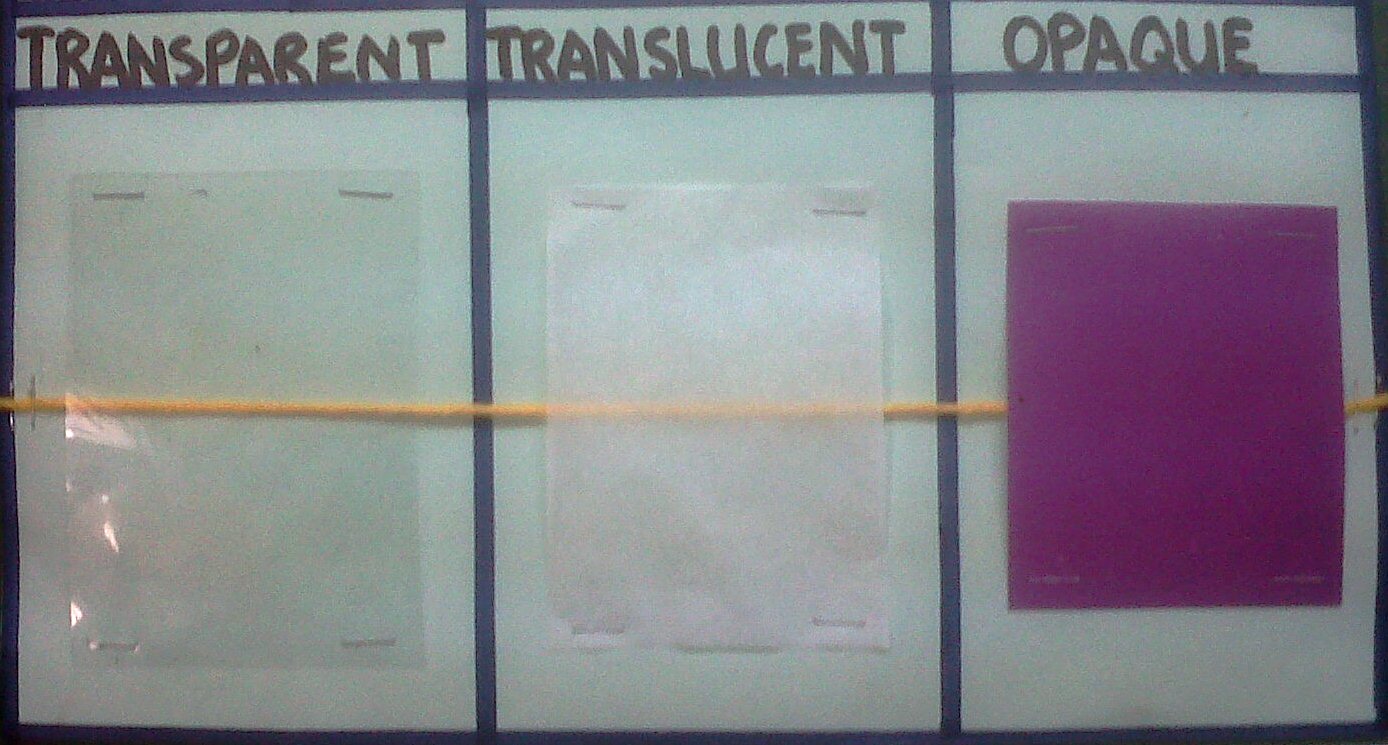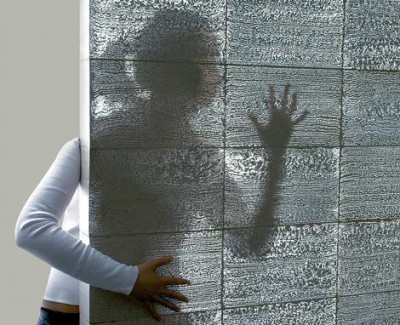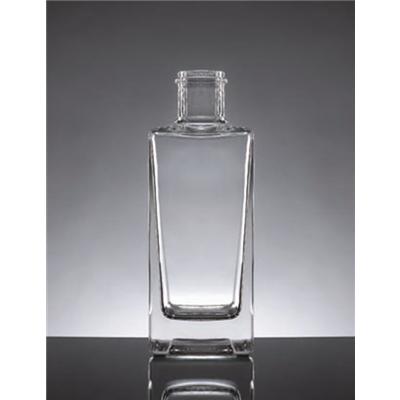Difference Between Translucent and Transparent

Light exhibits varying properties when it comes into contact with different types of matter. Rays of light travel with a constant speed through one medium but this pace alters when the light enters into another medium, hence, displaying the properties of both waves and particles at the same time. The smallest unit of light is called a photon. It is a small packet of energy which contains a fixed strength.
Certain types of matters reflect light but some mediums allow light to pass through them. The direction of light is changed to a certain angle and it called refraction. This property of different mediums to allow the passage of light through them has formed two separate classes, transparent and translucent mediums.
There are many similarities between these two types of materials but certain differences don’t allow them to be classified as the same.
Translucent materials allow only small proportion of light to pass through them, while most of the photons are reflected away. These types of mediums are used in shade bulbs to allow a controlled amount of light to pass through.
Transparent substances allow most of the light to pass through them and only a very small amount of photons are reflected back. You can clearly see the other side through a transparent material. Most of the glass windows are transparent, allowing you to see clearly through them.
Instructions
-
1
Translucent
Translucent materials merely allow the transportation of light through them, while transparent substance not only transport light, but also allow the image formation.
A few inches of water can be transparent, as you can see through it clearly. However, if you stand in waist-deep water, you won’t be able to see your feet clearly. Deep water allows lesser light to pass through it and shows translucent properties. Most of the light falling upon a translucent material bounces away, while a small quantity passes through it.
Image Courtesy: designbuild-network.com
-
2
Transparent
Such types of materials appear very clear and allow light to pass through them without letting it scatter. Wind screens of vehicles, windows and a wide range of showcases use transparent glass so that everyone can see clearly through them. Merely a small amount of light is reflected away from the surface of a transparent material, while most of the photons pass through it easily and assist in forming images on the other side of the transparent material.
Image Courtesy: dyneglass.com







